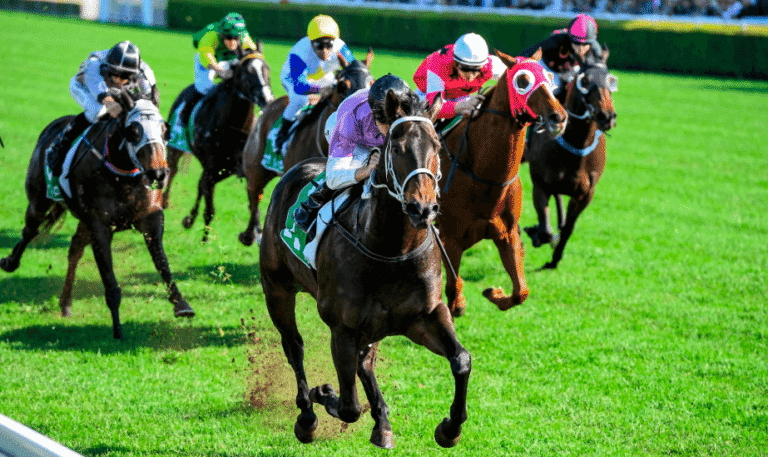Horse Racing and Animal Welfare: What You Need to Know
Horse racing is a complex industry where the welfare of the animals involved must be a priority. The physical and mental health of racehorses is often at risk, necessitating effective training regimens and injury prevention strategies. Comprehensive regulations and ethical standards are crucial for ensuring humane treatment. However, the journey does not end with racing. The fate of retired racehorses is equally significant, raising important questions about their aftercare and the industry’s responsibilities.
The Training Regimen: Ensuring Safety and Performance
In the world of horse racing, a comprehensive training regimen is essential for both the performance and welfare of the animals involved.
Effective training techniques focus on physical conditioning, mental stimulation, and proper nutrition. By regularly assessing performance metrics, trainers can gauge progress and adapt strategies.
This careful approach not only enhances racing outcomes but also promotes the horses’ overall health and happiness.
See also: Exploring the Role of Horse Racing Stewards and Their Impact on Fair Play
Injury Risks and Prevention Strategies
Among the many challenges in horse racing, injury risks pose a significant threat to both performance and welfare. Effective injury assessment strategies are crucial for identifying potential problems early.
Implementing advanced recovery techniques, such as physical therapy and rehabilitation, can enhance a horse’s healing process. By prioritizing these preventive measures, the racing community can foster a safer environment that respects the well-being of these majestic animals.
Retirement and Aftercare for Racehorses
While many racehorses achieve fame and success on the track, their journeys often lead to critical considerations regarding retirement and aftercare.
Post racing care is essential for ensuring their well-being, as many horses transition to new lives through equine adoption programs.
These initiatives focus on rehabilitation and rehoming, offering racehorses a chance to thrive in environments that prioritize their freedom and happiness.
Regulations and Ethical Standards in Horse Racing
As the horse racing industry faces growing scrutiny, the implementation of robust regulations and ethical standards becomes paramount to ensure the welfare of the animals involved. Regulatory compliance must prioritize humane treatment, while ethical considerations demand transparency and accountability. Below is a table outlining key aspects of these regulations:
| Aspect | Description | Importance |
|---|---|---|
| Safety Protocols | Measures to protect horses | Reduces injury risk |
| Veterinary Oversight | Regular health checks | Ensures well-being |
| Training Standards | Guidelines for humane training | Promotes ethical practices |
| Medication Regulations | Restrictions on drug use | Prevents exploitation |
| Reporting Requirements | Mandates for incident reporting | Enhances accountability |
Conclusion
In the intricate dance between horse racing and animal welfare, the industry’s commitment to the well-being of these noble athletes is paramount. By prioritizing comprehensive training, injury prevention, and ethical standards, the sport can flourish while safeguarding the horses’ welfare. Like a sturdy bridge, robust regulations and aftercare programs connect the thrill of racing with the humane treatment of its participants, ensuring that both the sport and its equine stars can gallop forward with integrity and grace.





